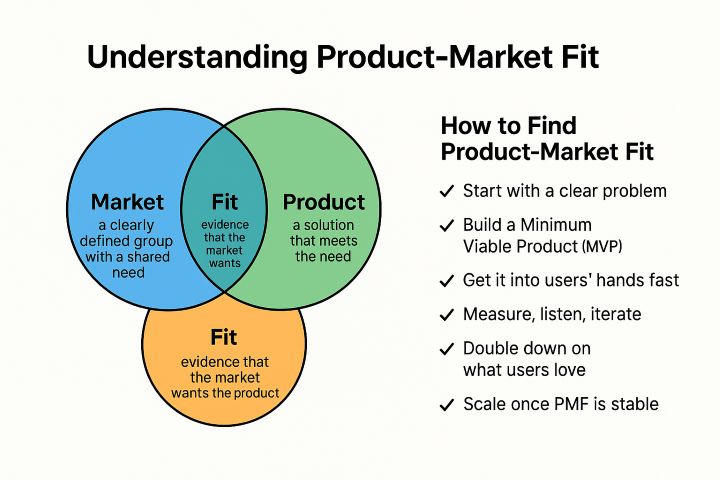As an entrepreneur, mastering the skill of compartmentalization is essential for maintaining harmony between your personal and professional lives. While these realms often intersect, establishing clear boundaries between them is crucial for reducing stress, fostering healthy relationships, and ensuring business success. Though challenging, this practice is indispensable for sustaining balance and productivity in both spheres.
Understanding Compartmentalization
Compartmentalization involves consciously creating distinct boundaries between different aspects of your life. For entrepreneurs, this means treating work time and personal time as separate entities, even if the same people are involved in both. Whether you’re dealing with senior or junior colleagues, friends, or family members, it’s essential to sandbox your interactions based on the context.
The Importance of Compartmentalization
- Reduces Stress: The constant overlap of personal and professional lives can lead to perpetual stress and burnout. Compartmentalizing creates mental space to focus fully on work tasks without personal distractions, and vice versa, allowing you to recharge and remain productive.
- Maintains Healthy Relationships: Mixing personal relationships with professional ones can strain both. Favouritism, for instance, can cause resentment among colleagues, while professional disagreements can spill over into personal life, damaging friendships. Compartmentalizing helps preserve the integrity of all relationships involved, ensuring they thrive in their respective contexts.
- Enhances Professionalism: In a professional setting, everyone should be treated according to their role and responsibilities, not their personal relationship with you. This fosters a more respectful and productive work environment, where merit and performance are the primary drivers of interaction.
- Improves Communication: Clear boundaries enhance communication by setting the right context for each interaction. When everyone knows whether they are engaging in a personal or professional capacity, misunderstandings are minimized, and interactions become more straightforward and effective.
Implementing Compartmentalization
- Set Clear Boundaries: Define when and where work discussions can take place. For example, avoid discussing business matters during family gatherings or social events. Set specific times and places for work-related activities to reinforce these boundaries.
- Communicate Your Method: Explain your approach to compartmentalization to your team, friends, and family. Emphasize that this method is not about distancing yourself emotionally but about maintaining a balanced and healthy environment for all involved. Clear communication helps others understand and respect your boundaries.
- Create Work Time and Personal Time: Allocate specific times for work and personal activities. Adhering to these schedules helps reinforce the separation between personal and professional spheres, making it easier to focus and be present in each moment.
- Use Different Communication Channels: Separate communication channels for work and personal interactions can signal the context of the conversation. For instance, use professional email or messaging apps for work-related matters and personal phones or social media for personal interactions.
- Practice Self-Discipline: It can be tempting to blur the lines, especially when urgent matters arise. However, practicing self-discipline and sticking to your boundaries is crucial for long-term success. Remind yourself of the benefits and stay committed to your compartmentalization strategy.
Dealing with Human Ego
One of the most challenging aspects of compartmentalization is managing the human ego. People might feel hurt or neglected when you compartmentalize your interactions with them. Addressing this requires empathy and effective communication:
- Be Empathetic: Acknowledge their feelings and explain your reasons for compartmentalizing. Emphasize that this approach benefits everyone by reducing stress and preserving relationships. Show that you value their perspective and are not distancing yourself emotionally.
- Reinforce the Positive: Highlight the positive outcomes of compartmentalization, such as increased focus during work and more meaningful personal interactions. Share examples of how this practice has improved your own well-being and productivity.
- Lead by Example: Demonstrate the benefits of compartmentalization through your own behaviour. When others see the positive impact on your well-being and productivity, they’re more likely to understand and support your approach. Your actions can inspire them to adopt similar practices in their own lives.
Compartmentalization is a powerful tool for entrepreneurs striving to balance their personal and professional lives. By setting clear boundaries, communicating effectively, and managing human ego with empathy, you can create a healthy, productive environment for yourself and those around you. Remember, the goal is not to distance yourself emotionally but to ensure that all aspects of your life receive the attention and respect they deserve. With practice and commitment, compartmentalization can lead to a more balanced, fulfilling life both at work and at home. Embracing this approach allows you to navigate the complexities of entrepreneurship with greater ease, fostering an environment where both your business and personal relationships can flourish.
Content authored with the assistance of AI





